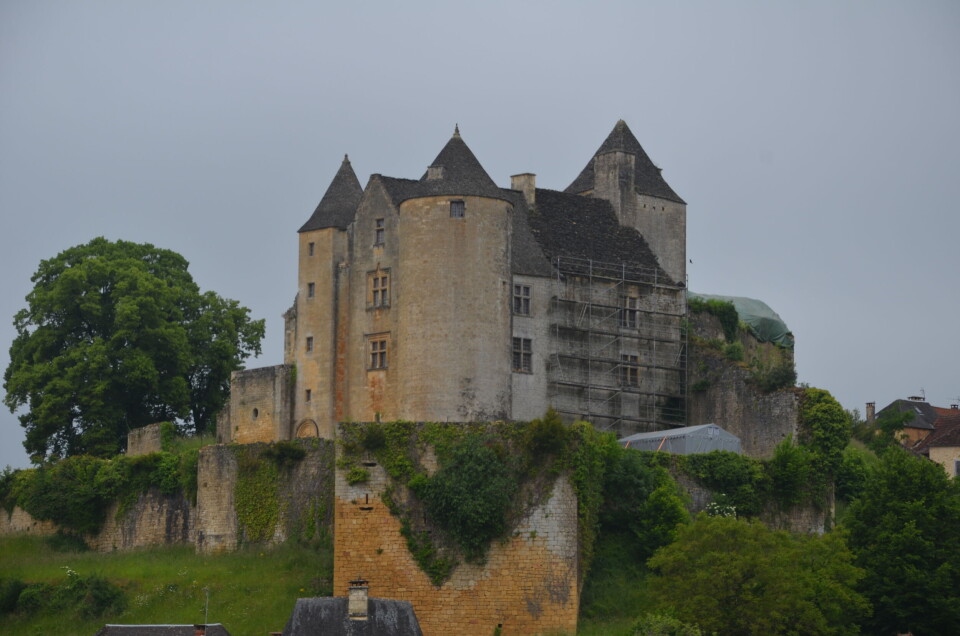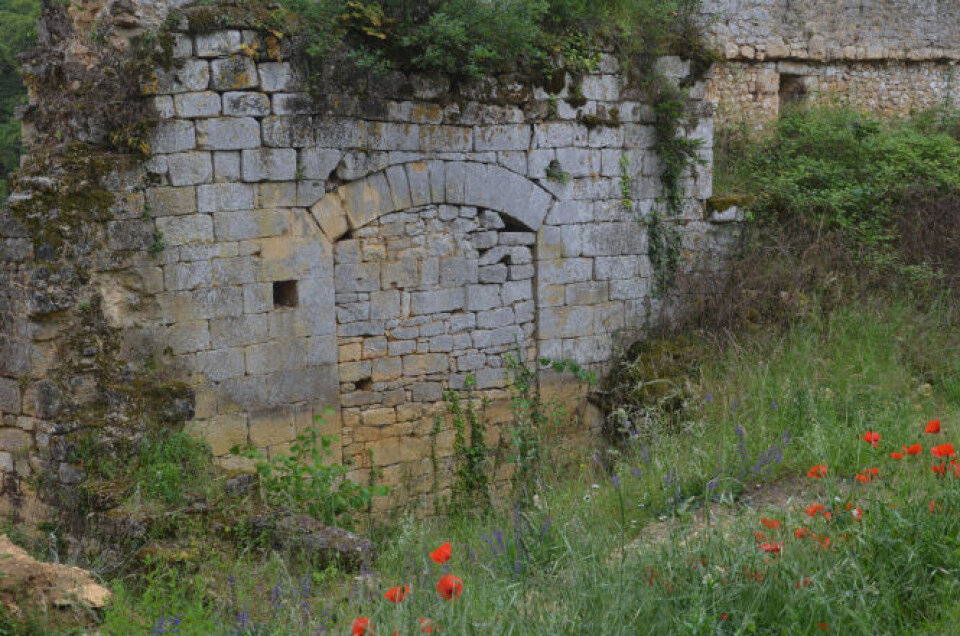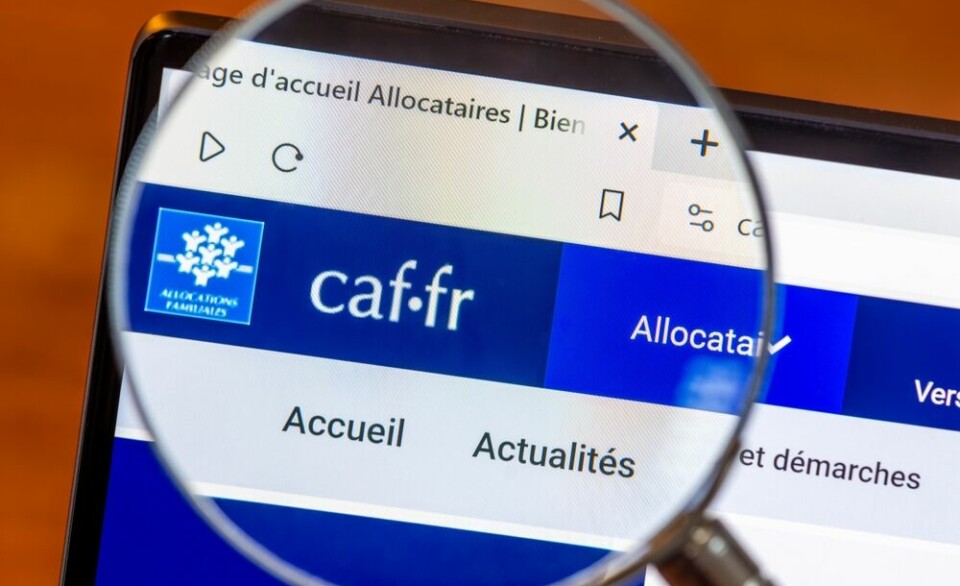-
How long does it take to sell property in different areas of France? New study
Many major cities are showing signs of recovery when it comes to supply, demand, prices, and time to sell
-
Seller and buyer bypass contracted estate agent - and land €30,000 penalty in France
The Bordeaux Court of Appeals rules a buyer and seller who avoided estate agent fees must pay compensation
-
Extra ‘taxes’ imposed on high earners should be permanent, says French finance minister
This would not constitute a return to the former wealth tax, he adds
‘Restoring a medieval chateau in France is more than lifetime project’
“It was a childhood dream, which has turned into an adult nightmare”, say the owners of the chateau at Salignac-Eyvigues in the Dordogne, south west France

A couple are painstakingly restoring a medieval chateau, knowing it will probably not be completed in their lifetime.
Rémi and Brigitte Starckmann hope their son Edward will continue the project, which is proving to be a massive task, full of surprises at every turn.
The retired couple first saw the chateau at Salignac-Eyvigues, Dordogne, by chance, when they were driving home from a wedding. It had not been lived in since 1942 and the interior was dilapidated and much of the exterior in ruins.
However, it is an impressive building, registered as a historic monument and dramatic, standing on a rocky spur overlooking the valley below.
The Count of Salignac wanted to sell it and the couple bought it in 2006. Now they are open to the public. For details, visit their website.
Mr Starckmann was an economist but has always been fascinated by restoration projects. He and his wife, an archaeologist, have already restored houses in Florida and Normandy but taking on such an ancient chateau is a much bigger challenge.
“It was a childhood dream of mine, which has turned into an adult nightmare,” said Mr Starckmann. “It has come with a great deal of worries. However, I do not regret it because I have always wanted to save a historic building.

The Starckmanns at their chateau. Pic: Jane Hanks
“I am also doing it for my son, who loves medieval architecture.
“We have discovered far more problems than we envisaged but it is an incredibly enriching experience and intellectually stimulating as we work to find solutions.”
There are more than 1,000 years of history to discover. The chateau is built above caves, occupied in prehistoric times.
Salignac Castle is first mentioned around 1040, when it would have been a wooden building. Construction in stone began in the 12th century. Unusually, it was owned by a coseigneurie, a group of lords, each one owning a separate part. It was expanded in the 13th and 14th centuries but most work was carried out in the 15th century by Lord Antoine de Salignac, providing the two towers that can now be seen on the façade of the building.
The castle suffered damage during the Hundred Years’ War (1337-1453) and the Wars of Religion (1562-98) when it is thought the main tower collapsed, bringing down with it the chapel, said to be one of the most magnificent in the region.
After the Revolution, the villagers took the last of the feudal documents and burned them on the village square, destroying many of the clues to its history.
It was not maintained until the 1920s, when it was bought and, for a short while, renovated in part by the then Count of Salignac, who lived mainly in a more modern chateau in the north of France.

Walls also contain the bricked-up original 13th-century entrance to the chateau. Pic: Jane Hanks
The family took refuge at Salignac-Eyvigues during World War Two, from 1940 to 1942, and then left for good.
Though there are few written records, the layers of history are still present in the stone, either visible or still to be revealed, hidden underneath mounds of earth.
Mr Starckmann showed me round and said: “In the wall in the lower courtyard you can see an arch, which has been filled in but was the original 13th-century entrance. We know there was a guard house next to it, which collapsed in the early 20th century and has been filled in with rubble.
“We are starting excavation work with an archaeological association and think there is a building at least two storeys high beneath the level we are standing on. In the defensive walls you can see the openings used for firing arrows and early firearms.”
Inside the 15th-century main part of the chateau, the first reception room illustrates the state it was in when they bought it.
“You can see three layers of plaster on the wall. The first probably dates from the end of the 14th century, the second from the 16th century and the third from the 19th century. It is difficult to decide which layer to reveal. Above, the ceiling is in a terrible state, infiltrated with water.
There is a fine fireplace and we are researching the meanings behind the carved emblems, the ‘bucranes’, stylised motifs representing cow skulls.” Mr Starckmann has done the vast majority of the work on his own.
“We discovered a huge, magnificent fireplace but also rotten beams in the ceiling. These I have replaced with massive oak beams, which I managed to manoeuvre into place myself by inventing a system of pulleys to haul them up.”
Slits for arrows and a hole for early firearms in the castle’s medieval walls. Pic: Jane Hanks

Another seemingly finished room still holds surprises. The vaulted roof is not as ancient as it seems. It was created in the 1920s and the painted fireplace hides the original one behind it.
Everywhere in the grounds and up the spiral staircase there are pieces of carved stone that the couple have found and displayed. They can figure out where some came from, such as those that held the chapel windows, and others are still waiting to find their place in the complex jigsaw puzzle of the chateau:
“Each generation has taken away or added on and because they lived in different ways to us, it is difficult to comprehend their decisions. Trying to get under the skins of the people who lived here before us is part of the fascination. We are taking our time, so we can really get the feel of the place,” said Mr Starckmann.
Opening to the public will take up valu-able work time but is necessary as the roof will cost €350-400,000 to complete. It is covered in lauze, made from split limestone and unique to the area. Only one man and his son specialise in this work.
However, the couple have thought ahead.
One of their first purchases was a crane and they also have their own scaffolding, both necessary to restore your own medieval chateau.
Related articles
1,000 years of travel: Meandering history of France’s Bayeux Tapestry
Why Strasbourg’s cathedral is one of France’s greatest treasures
Beaulieu-sur-Dordogne: Why pilgrims flock to this French beauty spot
























